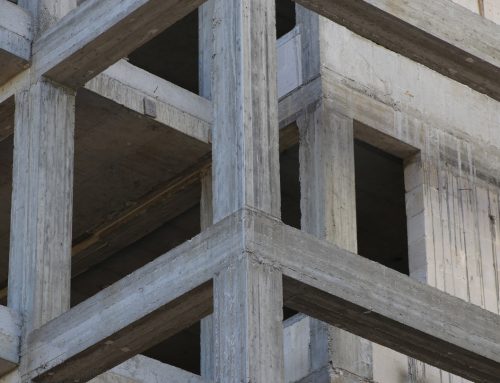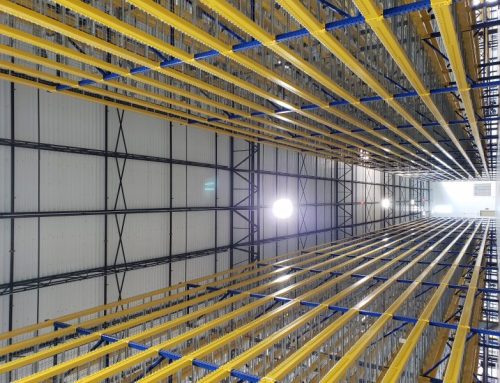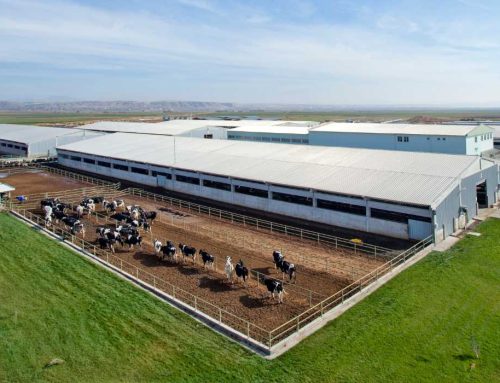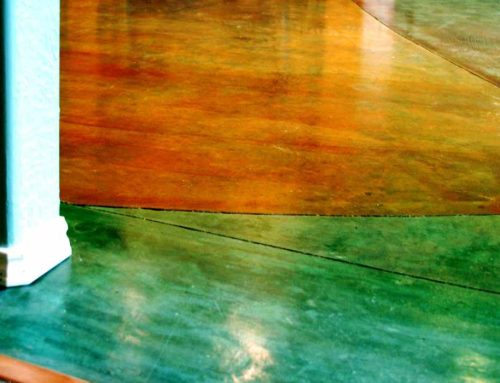Concrete is a versatile material used for a variety of purposes in construction. Two common applications are concrete flatwork and structural concrete. While both are concrete based, there are significant differences between the two.
Structural Concrete
Structural concrete supports the weight of a structure such as a building, bridge or dam. It’s strong and durable, therefore capable of withstanding heavy loads and stresses. It is typically reinforced with steel bars or mesh to increase its strength and durability. Lastly, it’s poured in multiple layers to create a solid and stable structure.


Concrete Flatwork
Concrete flatwork refers to any flat surface made of concrete. Some examples are sidewalks, patios, and driveways. It can be both decorative and functional, providing a smooth and durable surface for foot or vehicle traffic. Typically, it’s poured in a single layer and finished with a trowel or other tool, creating a smooth surface.
Differences
It’s likely clear by now that the primary difference between concrete flatwork and structural concrete is their purpose. Concrete flatwork is primarily decorative and functional, while structural concrete supports the weight of a structure. Structural concrete is also typically reinforced with steel bars or mesh to increase its strength and durability. Concrete flatwork, on the other hand, is not usually reinforced.
Additionally, each are poured differently. Concrete flatwork is poured in a single layer and finished with a trowel or other tool to create a smooth surface. Structural concrete, on the other hand, is poured in multiple layers and creates a strong and stable structure.
Similarities
Despite their differences, concrete flatwork and structural concrete have some similarities. Both applications require careful preparation of the underlying surface to ensure proper adhesion and a smooth finish. They must also be carefully mixed and placed to ensure strength and durability.
Both concrete flatwork and structural concrete also depend on proper curing. Curing is the process of allowing the concrete to dry and harden over time, It’s critical to ensure the concrete’s strength and durability. Both applications require a curing period of several days to several weeks, depending on different factors such as climate.
In a nutshell, concrete flatwork and structural concrete are both made of concrete but serve different purposes. Concrete flatwork is primarily decorative and functional, while structural concrete is supports the weight of a structure. Despite their differences, they share some similarities in their preparation, mixing, placement, and curing.
Your Next Concrete Project
Whether you are pouring a new patio or constructing a building, it is important to work with an experienced concrete contractor to ensure a high-quality and durable finished product. We are your concrete professionals so be sure to contact us for your next project! Or check out our concrete flatwork and structural concrete services to learn more.





